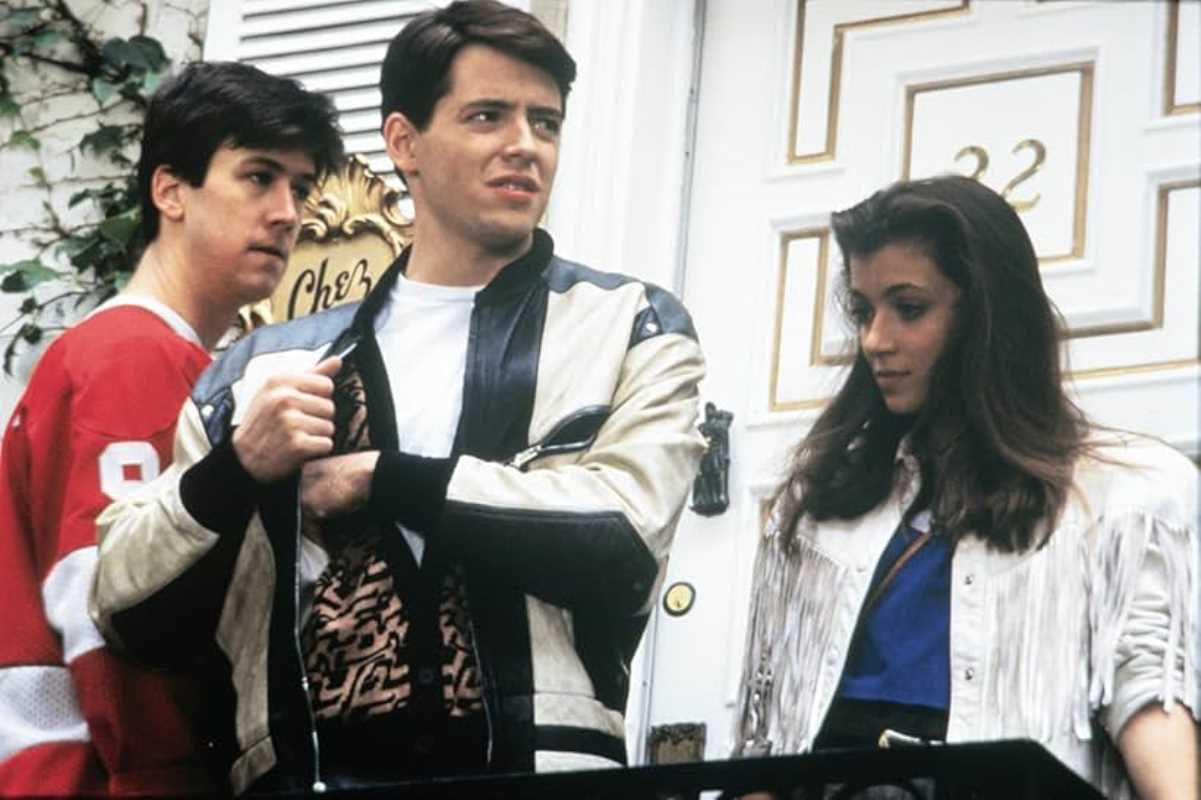When a beloved book makes its way to the silver screen, readers often hold their breath in anticipation. Will the adaptation honor the source material? Can it capture the magic that made them fall in love with the story in the first place? While many literary adaptations have fallen short of expectations, some have managed to not only meet them but soar beyond, creating cinematic experiences that stand shoulder-to-shoulder with their written counterparts. These adaptations prove that with the right combination of vision, talent, and respect for the source material, books can find new life in a visual medium.
The journey from page to screen is fraught with challenges. Directors must make difficult decisions about what to keep, what to cut, and how to translate internal monologues and complex narratives into visual storytelling. Sometimes, these adaptations take creative liberties that enhance rather than detract from the original story. The most successful adaptations understand that they need to function as independent works of art while maintaining the spirit and essence of their source material.
The impact of these adaptations extends far beyond the box office. Many have introduced classic literature to new generations, sparked renewed interest in the original novels, and even influenced how readers imagine the characters and settings when they return to the books. In some cases, the films have become so iconic that they're inseparable from their literary origins in popular culture.
These successful adaptations often benefit from technological advances in filmmaking. Special effects, cinematography, and other technical elements have evolved to a point where they can finally do justice to authors' most ambitious visions. Scenes that were once impossible to recreate on screen can now be brought to life with stunning realism, allowing filmmakers to be more faithful to the source material than ever before.
The symbiotic relationship between books and their film adaptations has created a unique cultural phenomenon. When done right, each medium enhances the other, creating a richer, more complete storytelling experience that appeals to both bibliophiles and cinephiles alike.
Literary Giants That Conquered Hollywood
The Lord of the Rings stands as perhaps the most ambitious and successful novel-to-film adaptation ever attempted. Peter Jackson's trilogy proved that even the most complex and beloved fantasy novels could be transformed into compelling cinema while respecting the source material. The films brought Tolkien's intricate world-building and themes to life through groundbreaking special effects, stunning New Zealand landscapes, and powerful performances.
To Kill a Mockingbird demonstrates how a faithful adaptation can capture the heart and message of its source material. Gregory Peck's portrayal of Atticus Finch became so definitive that many readers now picture him when reading Harper Lee's novel. The film maintains the book's powerful commentary on justice, racism, and childhood innocence while translating its intimate narrative into compelling visual storytelling.
Gone with the Wind represents one of the earliest examples of a successful adaptation, proving that even lengthy, complex novels could be transformed into engaging cinema. Despite its problematic elements, the film's technical achievements, performances, and epic scope set new standards for what was possible in film adaptation.
The Godfather actually improved upon Mario Puzo's novel in many ways, deepening the characters and themes while maintaining the book's gripping narrative. Francis Ford Coppola's adaptation elevates the material through masterful direction, unforgettable performances, and a visual style that has influenced filmmakers for generations.
Fight Club demonstrates how an adaptation can capture the spirit of its source material while making changes that enhance the story for a visual medium. The film's stylistic choices and narrative structure perfectly translate Chuck Palahniuk's unique voice to the screen.
Elements That Make Adaptations Shine
- The Shawshank Redemption expanded on Stephen King's novella while maintaining its core themes
- One Flew Over the Cuckoo's Nest captured the novel's anti-authoritarian spirit through innovative cinematography
- The Silence of the Lambs brought Thomas Harris's psychological thriller to life with masterful tension
- No Country for Old Men preserved McCarthy's sparse prose through visual storytelling
- Harry Potter created a visual language that defined a generation's imagination
The Art of Translation and Interpretation
Successful adaptations often require difficult decisions about what aspects of the novel to prioritize. The best filmmakers understand that literal translation isn't always the best approach. Instead, they focus on capturing the essence of the story and its themes while making necessary adjustments for the visual medium. This might mean combining characters, streamlining subplots, or finding creative ways to externalize internal monologues.
The process of adaptation requires a delicate balance between honoring the source material and creating something that can stand on its own as a piece of cinema. Directors must consider pacing, visual storytelling, and the limitations of runtime while still maintaining the core elements that made the original story compelling. Sometimes, this means making bold choices that might initially seem to deviate from the source material but ultimately serve the story better in film form.
The most successful adaptations often come from filmmakers who deeply understand and respect the source material while also recognizing that different mediums have different strengths. They know when to be faithful and when to take creative liberties, always in service of creating the best possible film while honoring the spirit of the original work.
Directors face unique challenges when adapting beloved novels, as they must balance fan expectations with the needs of the general audience. The most successful adaptations manage to satisfy both groups by maintaining the elements that made the books special while making the story accessible to newcomers.
These adaptations often benefit from having the original authors involved in some capacity, whether as consultants, screenwriters, or producers. This collaboration can help ensure that the film captures the intended themes and messages of the source material while making necessary adaptations for the screen.
Legacy and Impact on Popular Culture
Successful adaptations often create a feedback loop that benefits both the film and literary worlds. When a film adaptation succeeds, it typically drives new readers to the original novel, while also introducing the story to audiences who might never have picked up the book. This symbiotic relationship has helped preserve and promote classic literature while creating new classics in cinema.
The visual interpretations provided by these films often become the definitive versions in popular culture, influencing how future generations imagine these stories. This isn't necessarily a negative development, as these adaptations can make complex literary works more accessible and relatable to modern audiences.
These adaptations have also pushed the boundaries of what's possible in filmmaking, driving innovations in special effects, storytelling techniques, and cinematography. Many of the most successful adaptations have become benchmarks against which other films are measured, regardless of whether they're adaptations or original works.
The success of these adaptations has encouraged publishers and studios to continue seeking out promising books for adaptation, creating new opportunities for authors and filmmakers alike. This relationship has become increasingly important in the modern entertainment landscape, where studios are constantly searching for proven source material.
The lasting impact of these successful adaptations demonstrates that great storytelling can transcend its original medium, finding new life and meaning in different forms while maintaining the core elements that made it special in the first place.
 (Image via
(Image via





